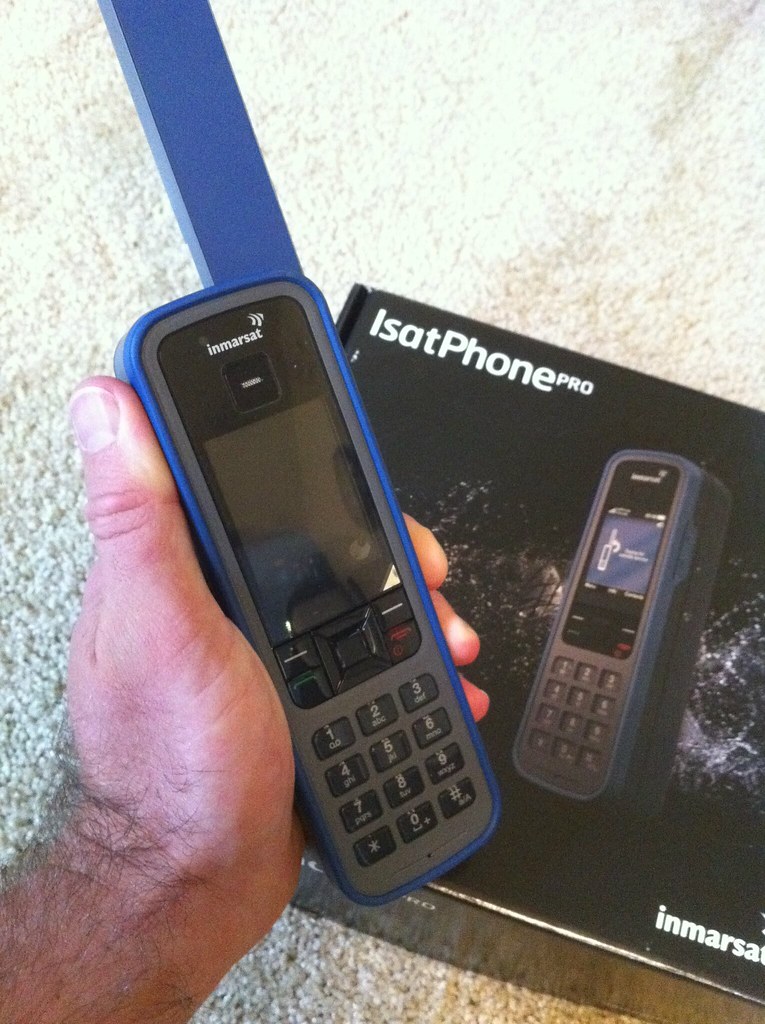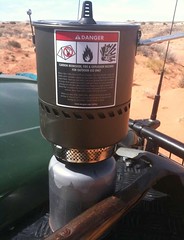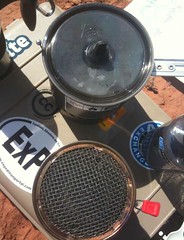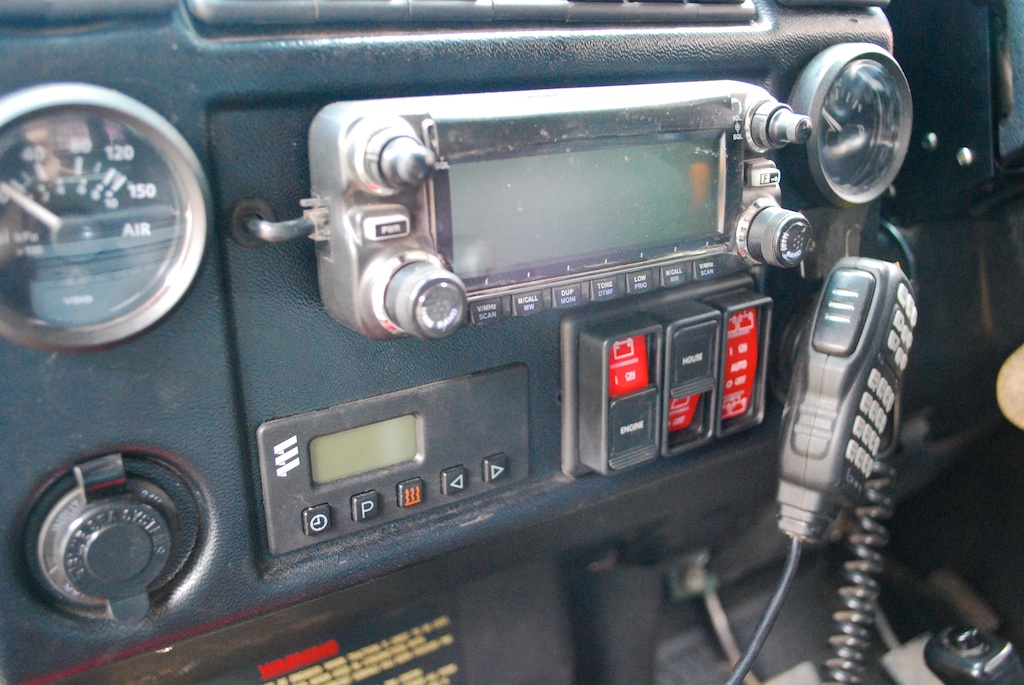I’ve been an “overland” traveler for way over a decade, and simply an avid traveler all of my life. There are a number of reasons for this, and as I see more places and interact with more people whose backgrounds are very different to mine I can feel my reasons for traveling are slowly changing (that’s a whole other story). Although I love my Land Rovers (I refer to them as “pets”), and I’m a fully-fledged tech-guy, both the vehicles and the technology are simply enablers for me to travel to the places I want to go, experience them in many different ways and to communicate from them and tell stories about the people and places when I return home.
This time, I’m just back from the 2nd Overland Expo. What a great event! Even though I was involved in the 1st Expo and was asked at that event to present and do some driver training this year (by Graham Jackson of Overland Training), it wasn’t until I rolled into the event that I fully understood the scale. It eclipsed last years event in many ways, many more vendors, better training facilities, much better rooms for AV presentations, a knockout team of staff, instructors and presenters and finally a fantastic audience of folks who love to travel. I couldn’t believe how many great vehicles were parked in the car park.


It’s not really about the vehicles though. I know a great many of us enjoy building them, tinkering with them and driving them, but really they are just another companion on the journey. A great many of the vendors realize this (and they realize we spoil them), and are on-hand to help us do this. My personal favorite piece of vehicle kit was the Kaiser / Nekarth Differential Locker, a much simpler and more elegant approach to locking differentials than the Detroit and ARB solutions. I saw this demo at the Expeditioneers booth.
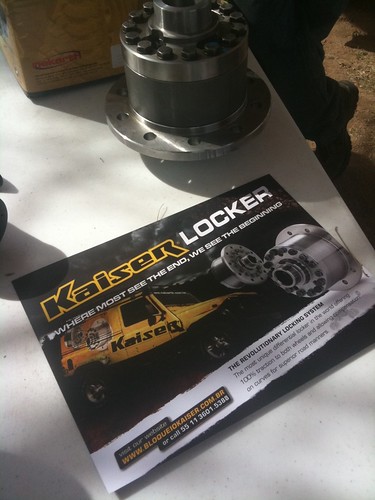
The Expo is not just about the vehicles (and they ranged from pedal-bikes, through motorbikes, regular 4x4 vehicles to huge ex-military and custom built behemoths) and their parts and accessories. Other vendors offered medical equipment and training (and Remote Medical International staged some great demos), guiding services (notably No Limit Expeditions offering adventures in Belize and the rest of Central America and Safari Drive based in various African locations), clothing (including one of my favorites, Mountain Khakis - recommended!), tents (roof-top and otherwise), all sorts of camping/expedition gear (including Bug Out Bagz), the list is long and distinguished.
Seminars and presentations are a key part of the Expo, and if you just attend one or two of them you would realize that “overlanding” isn’t just 4x4 driving - and very different from what usually pops into peoples minds when the outdoors and 4x4 drivers meet… I talked about staying online and in touch while on an international overland trip, and driving through the Sahara in a VW Golf! Other presentations and panels discussed medical responses, overlanding with dogs, solo overlanding, cooking demos (very popular I understand), and some great overland movies courtesy of Austin Vince and the Adventure Travel Film Festival.
Groups and clubs are also prominent at the Expo. It’s always great to see the Disabled Explorers and their WAVE Sportsmobile, really giving folks the opportunity to get out and explore who normally may not have the chance to. I love the ideas behind both the Carbon Neutral Expedition and the Vanishing America Project (Overland Society’s Expedition Flag ambassador for 2009), and again, the Muskoka Foundation is making a difference around the world.
My favorite part is the opportunity to see old friends and meet new ones. One moment sticks in my mind, during a basic vehicle overview session I was one of the instructors. After the other instructors had said their piece, I was my turn to add something. Trouble was, three of the instructors were Tom Collins, Duncan Barbour and Jim West, 3 Camel Trophy luminaries, and a hard act to follow! Having the opportunity to talk to people like this is wonderful - and the chance is there for everyone who attends, especially at the ever-popular happy hours each evening! I particularly enjoy spreading the word, or “preaching the gospel of travel”, as a friend once told me. I think retelling great stories and sharing experiences really gets people fired up for that first trip. Helping them over the “well, it’s a dream I’ve always had, but I just can’t get the time off work” is usually the first part, and not that difficult in the environment the Expo creates.
Once people have traveled off the beaten track they come back home with new eyes, none more so than Americans (not a dig, just an observation). Through their new eyes they see people, politics and the Earth in a different light. A more tolerant, understanding and sympathetic light. An ability to put themselves in the other persons shoes and see that there are many more sides to national and international issues than you’ll ever see on the typical “never mind the quality, just look at the quantity” news channel (which is why I refuse to watch television news - that’s another story). Anything which opens peoples minds and makes for a more tolerant and understanding society clearly should be encouraged; I’ve always advocated international travel for this purpose and the Overland Expo is the ideal platform to encourage people to embrace this.
